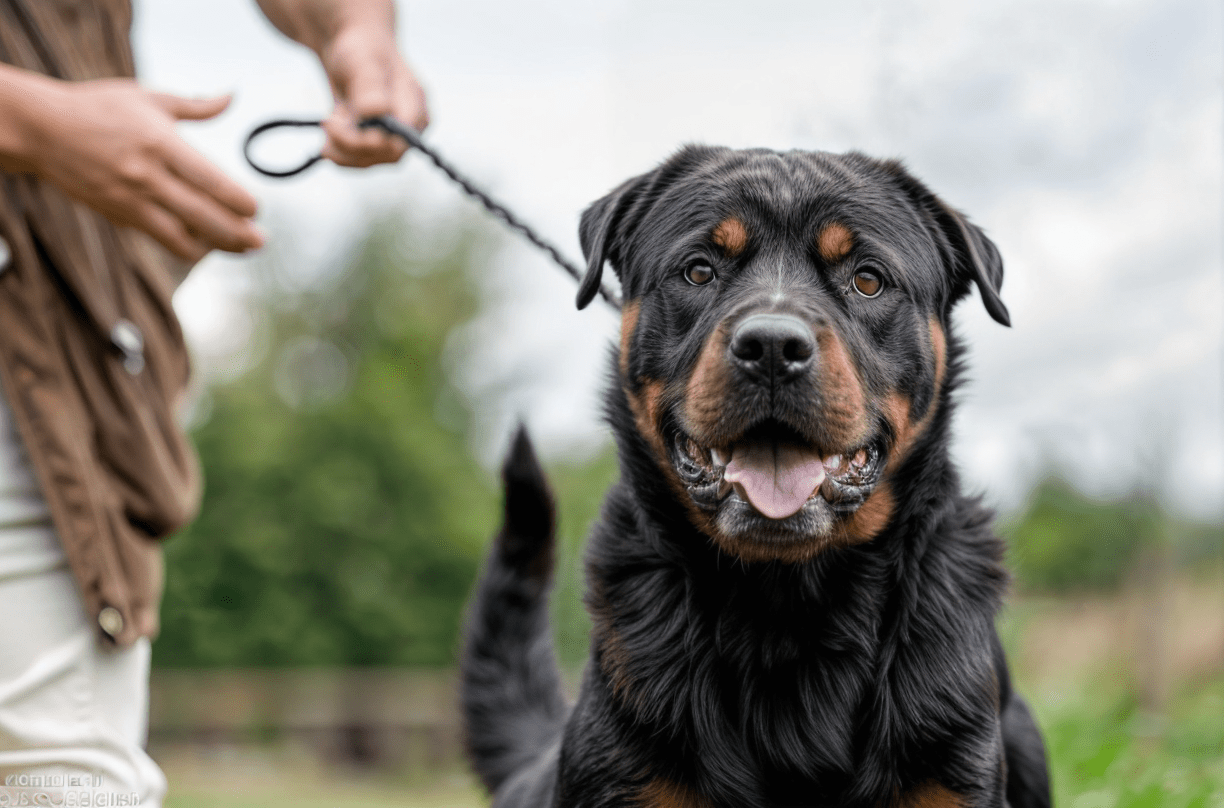Most Dangerous Dog Breeds:
Dog ownership is a cherished experience for many, providing companionship, love, and joy. However, as with any endeavor, it comes with responsibilities, and awareness of breed distinctions is a critical part of owning a pet. Some breeds, due to their inherent traits, can pose higher risks and require judicious care. In this guide, we’ll explore the topic of dangerous dog breeds — what that really means, why it’s important, and how to handle these pets responsibly.
Defining “Dangerous” in Dog Breeds
When we talk about dangerous dog breeds, we do so with nuance and understanding that aggression is not the only defining factor. In reality, several variables contribute to a breed’s classification as potentially hazardous. These can include:
- Aggression: The predisposition towards physical confrontation, which is often mistakenly seen as the primary factor but is only a part of the complex picture.
- Size and Strength: Larger dogs have the potential to cause more harm, particularly if they become aggressive.
- Protective Instincts: Some breeds are more instinctively protective, which can lead to perceived aggression in certain situations.
The 20 Most Dangerous Dog Breeds
Here’s a list of 20 dog breeds often reported as dangerous, with a brief look at their characteristics and what makes them a potential risk:
- Pit Bull Terrier
- Rottweiler
- German Shepherd
- Alaskan Malamute
- Doberman Pinscher
- Husky
- Wolf Hybrid
- Boxer
- Great Dane
- Saint Bernard
- Bullmastiff
- Akita
- Cane Corso
- Chow Chow
- Dalmatian
- Presa Canario
- Australian Shepherd
- Chesapeake Bay Retriever
- Belgian Malinois
- English Mastiff
It is important to note that while these breeds are implicated in more severe incidents due to their size and strength, the majority of individual dogs are not aggressive.
Understanding Breed Aggression
Aggression in dogs, regardless of breed, is a complex behavior with factors like genetics, environment, training, and socialization playing interwoven roles. It’s a product of breeds that were, at one time, selectively bred for certain traits such as guarding, herding, and even fighting, all of which can manifest as aggressive tendencies in certain situations.
Genetic factors are undeniably influential, but the environment in which a dog is raised and the training it receives play a significant role in how its innate traits are expressed. Socialization, the process by which a dog becomes familiar with, and comfortable in, a wide array of environments and interactions, is fundamental to a dog’s behavior.
Responsible Dog Ownership
Responsible ownership is the linchpin of pet safety and harmonious coexistence in communities. Here’s how you can be a responsible dog owner for any breed:
- Start Early: Socialize and train your dog from a young age.
- Regular Exercise: Ensure your dog is physically and mentally stimulated to prevent boredom and potential behavioral problems.
- Supervise Playing: Especially around unknown dogs or unfamiliar situations.
- Neuter or Spay: This can reduce hormone-driven behaviors related to aggression.
- Recognize Triggers: Understand what makes your dog uncomfortable or anxious and act accordingly.
Legal and Ethical Considerations
Due to the potential risks associated with certain dog breeds, many regions have specific laws and regulations in place that apply to owners of these breeds. It’s essential to be aware of the legal responsibilities and potential liabilities that come with owning a dog that is deemed dangerous. This can include mandatory insurance, signage on your property, and specific handling requirements.
Ethically, the onus is on the owner to ensure that their pet is not a threat to others, whether through containment, socialization, or, if necessary, proper restraint in public. The safety of the community should always be paramount.
Safety Tips for Dog Owners
For owners of any breed, but especially those with dogs that are considered dangerous, here are some critical safety measures:
- Training: Invest in professional training, particularly if you are inexperienced in handling dogs.
- Awareness: Learn to read your dog’s body language and understand when they are uncomfortable or agitated.
- Supervision: Pay close attention to your dog’s interactions with others, particularly children or strangers.
- Leash and Muzzle: In areas or situations where your dog’s behavior is unpredictable, use a secure leash and, if needed, a muzzle.
- Secure Environment: Ensure that your home and yard are secure—especially if your dog has a history of escaping or if visitors frequently come and go.
Conclusion
The list of dangerous dog breeds serves not to vilify these animals or their owners but to inform and promote responsible pet guardianship. Knowing the characteristics of the breed you are bringing into your life is a fundamental part of that responsibility. Every dog has the potential for great love and loyalty, but understanding and addressing their specific needs and potential risks is what makes a great dog owner. It’s a partnership that deserves our utmost respect and care, for our pets, for ourselves, and for our community.
